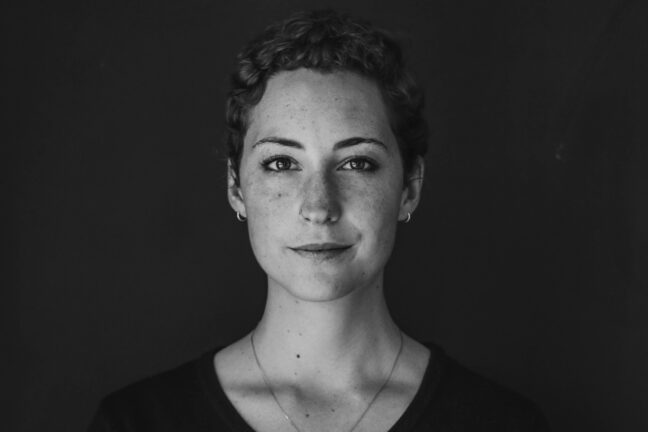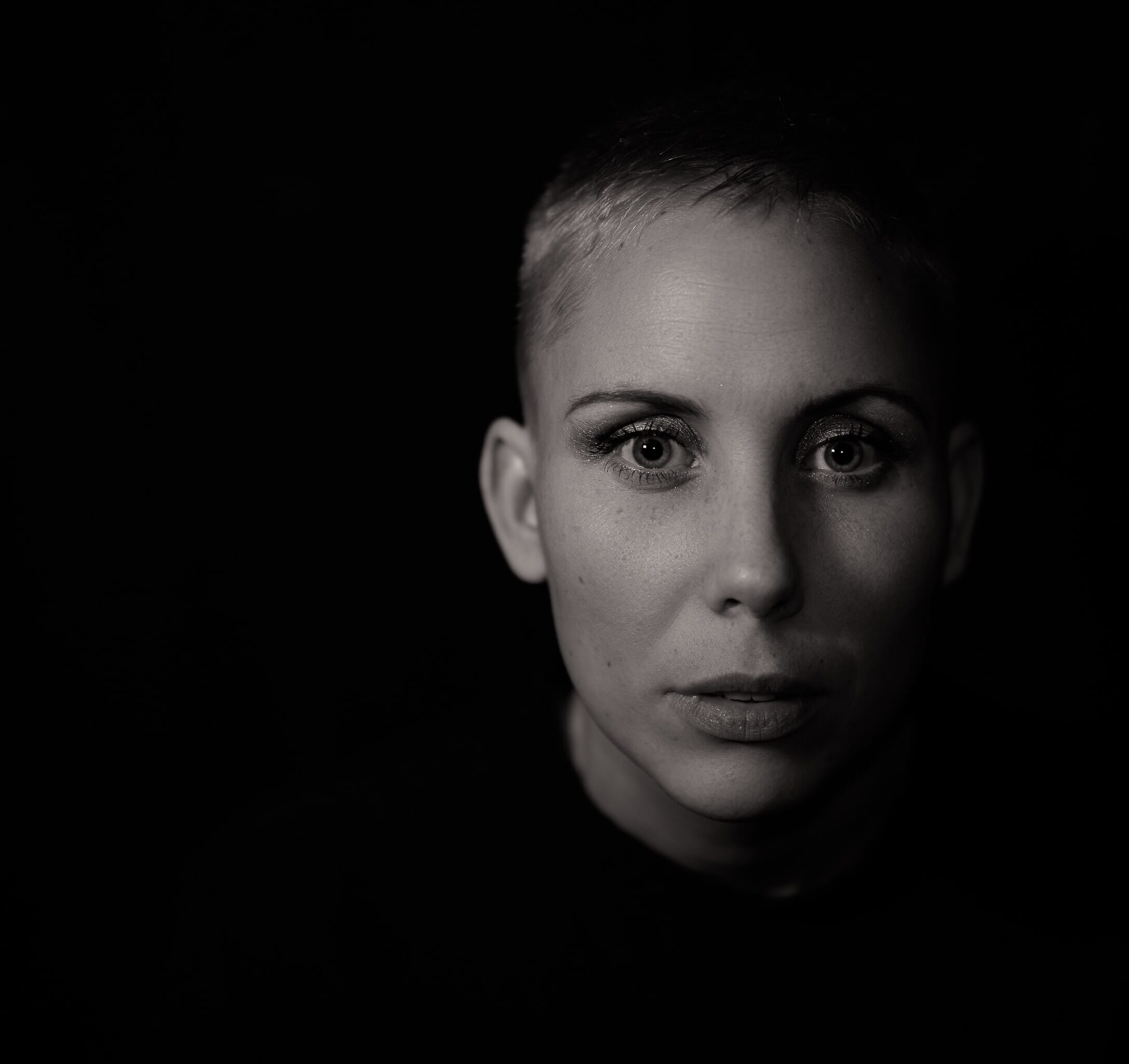Editor’s Key Takeaways: Mastering the Art of Loop Lighting in Portraiture

This blog post is a comprehensive guide on loop lighting, a popular lighting pattern in portrait photography. The post discusses the concept of loop lighting, its advantages in creating three-dimensional images, and situations in which this technique can be useful. One key aspect that defines loop lighting is the shadow underneath the subject’s nose, falling on the cheek without creating a full triangle of light beneath the eye. The beginner-friendly technique adds a subtle moodiness to the shots and requires only a single light source to execute.
- What Is Loop Lighting?: Loop lighting creates three-dimensional, slightly moody images.
- When Should You Use the Loop Technique?: It’s a great go-to lighting technique that’s easy to execute, especially for beginners.
- The Loop Technique: A Step-by-Step Approach: The article provides a thorough guide including obtaining the right equipment, positioning and modifying your light, adding a reflector, and adding a backlight.
- Loop vs Rembrandt Lighting: A brief comparison of two lighting techniques in portrait photography.
- Create Stunning Loop-Lit Portraits!: Encourages readers to create eye-catching loop-lit portraits and offers further guidance with frequently asked questions.
Introduction
If you’re feeling intimidated by the complexities of portrait photography lighting, you’re not alone. There’s a slew of factors to consider, including the number of lights, the lighting direction, and the lighting intensity, not to mention the position of the subject and their pose.
Fortunately, nailing a portrait image isn’t as tough as it might seem. Portrait shooters have developed a few standard lighting setups, sometimes referred to as lighting patterns, that produce great photos in a wide variety of scenarios. One of the best patterns is loop lighting; not only can it be done with a single source, but it’s also extremely flattering and easy for beginners to produce.
In this article, I explain what a loop pattern is and when it’s useful. I then share step-by-step instructions for creating gorgeous loop-lit results. With a little practice and an attentive eye, you’ll be capturing portrait photos like never before!

A Guide to Loop Lighting:
What Is Loop Lighting?
Loop lighting is a very popular lighting pattern used by portrait photographers. It creates three-dimensional images that tend to be a little moody:

The identifying characteristic of the loop technique is the shadow just underneath the subject’s nose, which falls on the cheek without creating a full triangle of light beneath the eye.
This lighting approach is very flattering, and it’s easy to pull off (the basic setup only requires a single light!). For those reasons, it’s a great go-to form of lighting for any photographer. If you’re just delving into portraiture, it can be an especially good pattern to use – and if you’re a more experienced photographer but you’re just not sure where to start with your subject, it’s also worth trying.
When Should You Use the Loop Technique?

The loop pattern looks really, really good on pretty much any subject, including men, women, and children. It also works great for family photos.
By creating shadows on the face, you give depth to the image, but by keeping the shadows fairly minimal, you prevent the level of drama created by Rembrandt lighting (where over a third of the subject’s face is shrouded in shadow) or split lighting (where half of the subject’s face is shrouded in shadow).
Rembrandt lighting is far moodier than loop lighting. Note how the Rembrandt technique produced an intense photo of this woman:

And split lighting is moodier still! It was used to capture a hard, raw image of this man:

Of course, sometimes you want your photos to be very moody and dramatic. And in those cases, the loop technique probably isn’t the best approach. But if you’re looking for images that are less moody but still have some depth to them, then I absolutely recommend it.
By the way, while the loop pattern can look great on any subject, it’s especially good for people that have rounder faces. The shadows will make their features appear slightly more angular (i.e., it’ll have a slimming effect).
The Loop Technique: A Step-by-Step Approach
If you’re looking to create gorgeous loop-lit images, I recommend following a specific set of instructions:
Step 1: Obtain the Right Equipment
You’ll need at least one light source. This can be window light or the sun, but it can also be an artificial light such as a flash or a strobe. Personally, I recommend using artificial light because it’ll give you a lot of control over both the quality and the direction of the light source, but it’s really down to personal preference.
If you do choose an artificial light, you’ll need to mount it off the ground with a light stand of some sort. And you’ll want a modifier to soften the light’s effect, such as a softbox, an umbrella, or a beauty dish.
If possible, you should also obtain a second light and a reflector. These aren’t essential, but they’ll help you create more complex lighting setups. And you may need a transmitter so you can fire the external lights from a distance.
Step 2: Position (and Modify) Your Light
To create a beautiful loop setup, all you have to do is take your light, then position it slightly above the subject and off to the side. Somewhere in the 20- to 45-degree window is good (though the optimal position can vary depending on your subject’s face).
It’s a good idea to experiment with different positions until you end up with a loop effect that you like. Note that by bringing the light toward the subject’s eyeline (at zero degrees), you’ll minimize the shadows for a less dramatic, flatter look:

But by bringing the light away from the subject, you’ll create more shadows and get a stronger effect:

Neither option is necessarily better; it just depends on your style and your personal preferences, as well as your subject’s face.
By the way, be careful not to move your main light too far off to the side of your subject. You’ll start to create Rembrandt lighting and then (if you continue) split lighting.
Also, be aware that you can create harsher or softer shadows depending on the nearness of the light source as well as the type of modifier you add to it. The nearer the light source, the softer the shadow transitions. And modifiers such as umbrellas and softboxes will offer very soft light, whereas snoots and naked flashes will offer very harsh light.
Step 3: Add a Reflector
Once you have your main (key) light set up for the loop technique, you can start firing away. But you can also level up the images even more by carefully adding a reflector on the side of your subject opposite the main light.

This will bounce light back up into your subject’s face and should keep them looking nice and bright. So if you’re aiming to eliminate any real sense of drama, a reflector can be a nice touch.
Step 4: Add a Backlight
If you want to take things even further, go ahead and add a backlight to your setup. This should point at the backdrop and will create a slight halo effect:

It’s a great way to separate the subject from the background, plus it just looks professional. Feel free to experiment with the position of the light and see what you can produce!
Loop vs Rembrandt Lighting
The Rembrandt pattern is similar to the loop pattern because it involves positioning a single light above and to the side of the subject. However, it gives results that are shadowy and dramatic:

Look closely at the image displayed above, and you can see the essential difference between the two patterns: While Rembrandt lighting produces a clear triangle of light on the subject’s cheek, loop lighting doesn’t create a full triangle. Instead, the triangle is broken because the light is placed closer to the subject’s nose.
Related Posts
So the Rembrandt approach requires a light source that’s farther off to the side. This results in a much stronger nose shadow (as well as stronger overall shadows) and more intense, moody images.
In other words, if you want drama, then Rembrandt lighting is a great option. But if you want more restrained images that are highly flattering, loop lighting is the better choice.
Create Stunning Loop-Lit Portraits!
Loop lighting can make pretty much everyone look good, and it’s very easy to create, too. A basic loop setup only requires a single light source; you can even do it with a window.
So try it out on a portrait subject. If you’re working with flashes or strobes, spend some time positioning your main light in a few different places so you can get a sense of its different effects. And if you’re working with natural light, try moving your subject and watch as the shadows change.
It won’t be long before you’re a master of the technique!
Loop Lighting FAQ
What is loop lighting?
Loop lighting comes from the side and creates a slight shadow across the subject’s face. Loop-lit photos are somewhat three-dimensional but aren’t especially dramatic.
What subjects can be photographed with the loop pattern?
The pattern is technically meant for portrait subjects, and it’ll work on pretty much anyone. You can use it for still-life and product photography as well, but you won’t be able to use the nose shadow as a reference.
Why should you use loop lighting?
The pattern is very flattering, and it’ll create depth while also keeping your images relatively bright (and less dramatic). So it’s great for situations where you want a flattering, three-dimensional image but you don’t want to take things over the top.
Are loop and Rembrandt lighting the same?
No. Rembrandt lighting is more dramatic and features a long shadow that creates a triangle of light under the subject’s eye.
